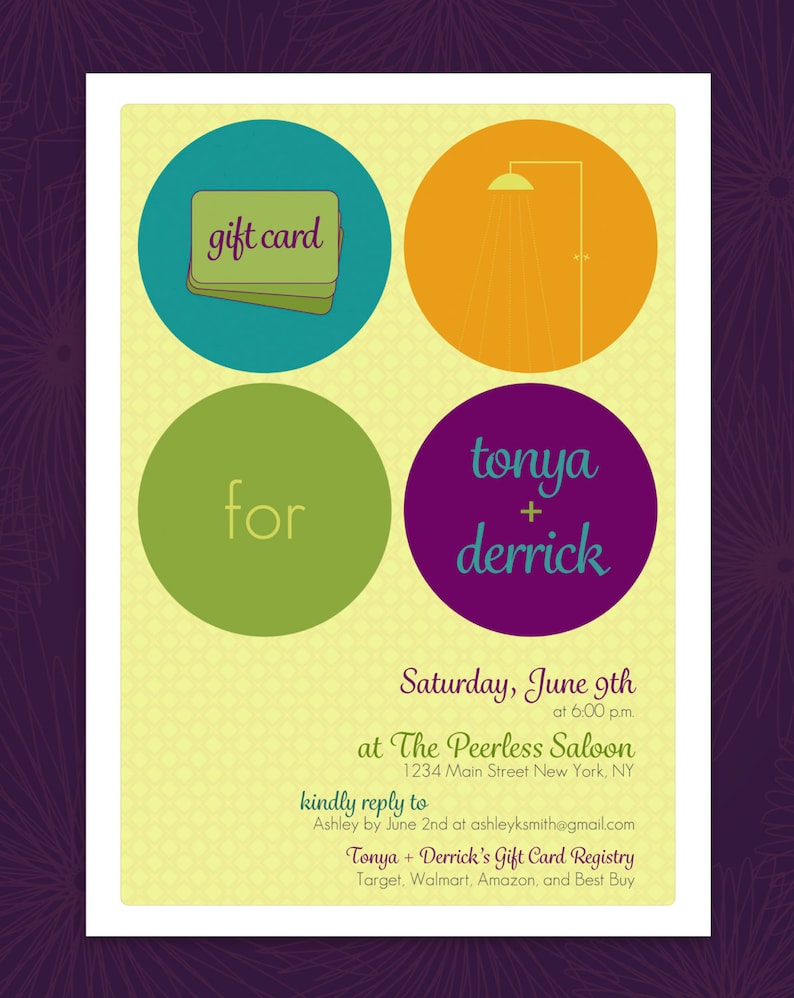Famous Historic Glass Engravers You Should Know
Glass engravers have actually been extremely competent craftsmen and musicians for thousands of years. The 1700s were specifically noteworthy for their success and appeal.
For example, this lead glass cup demonstrates how etching integrated design fads like Chinese-style concepts right into European glass. It likewise illustrates just how the ability of a great engraver can produce illusory deepness and aesthetic texture.
Dominik Biemann
In the first quarter of the 19th century the typical refinery area of north Bohemia was the only location where naive mythical and allegorical scenes inscribed on glass were still in fashion. The goblet envisioned right here was etched by Dominik Biemann, who concentrated on little portraits on glass and is regarded as among the most important engravers of his time.
He was the boy of a glassworker in Nové Svet and the bro of Franz Pohl, one more leading engraver of the period. His job is characterised by a play of light and shadows, which is specifically obvious on this goblet presenting the etching of stags in forest. He was also known for his service porcelain. He died in 1857. The MAK Museum in Vienna is home to a big collection of his works.
August Bohm
A notable Nurnberg engraver of the late 17th century, Bohm collaborated with delicacy and a sense of calligraphy. He etched minute landscapes and inscriptions with vibrant official scrollwork. His work is a forerunner to the neo-renaissance style that was to control Bohemian and various other European glass in the 1880s and beyond.
Bohm welcomed a sculptural feeling in both alleviation and intaglio inscription. He exhibited his proficiency of the latter in the carefully crosshatched chiaroscuro (stalking) effects in this footed cup and cut cover, which portrays Alexander the Great at the Battle of Granicus River (334 BC) after a paint by Charles Le Brun. Despite his substantial skill, he never ever accomplished the fame and ton of money he sought. He passed away in penury. His better half was Theresia Dittrich.
Carl Gunther
In spite of his tireless job, Carl Gunther was an easygoing guy who appreciated hanging out with friends and family. He liked his day-to-day ritual of visiting the Collinsville Senior citizen Center to take pleasure in lunch with his buddies, and these minutes of camaraderie supplied him with a much needed break from his demanding occupation.
The 1830s saw something quite amazing happen to glass-- it ended up being colorful. Engravers from Meistersdorf and Steinschonau produced richly coloured glass, a preference called Biedermeier, to satisfy the need of Europe's country-house classes.
The Flammarion inscription has ended up being a symbol of this new preference and has shown up in books dedicated to scientific research in addition to those discovering mysticism. It is additionally found in many gallery collections. It is thought to be the only enduring example of its kind.
Maurice Marinot
Maurice Marinot (1882-1960) began his job as a fauvist painter, however came to be captivated with glassmaking in 1911 when checking out the Viard brothers' glassworks in Bar-sur-Seine. They provided him a bench and educated him enamelling and glass blowing, which he mastered with supreme ability. He developed his own strategies, using gold flecks and manipulating the bubbles and other natural imperfections of the material.
His technique was to deal with the glass as a living thing and he was among the initial 20th century glassworkers to use weight, mass, and the visual result of natural defects as visual elements in his works. The exhibit shows the significant effect that Marinot carried modern glass production. Regrettably, the Allied battle of Troyes in 1944 destroyed his studio and hundreds of drawings and paintings.
Edward Michel
In the very early 1800s Joshua presented a design that imitated the Venetian glass of the period. He made use of a technique called diamond point inscription, which entails scratching lines into the surface area of the glass with a tough metal execute.
He likewise created the initial threading device. This creation permitted the application of long, spirally injury trails of color (called gilding) on the main body of the glass, a necessary attribute of the glass in the Venetian style.
The late 19th century brought new style concepts to the table. Frederick Kny and William Fritsche both operated at Thomas Webb & Sons, a British firm that specialized in premium quality crystal glass and speciality coloured glass. Their custom message ideas job mirrored a choice for classical or mythological subjects.

Comments on “Custom Glass Planters With Names”